Mystery Of Planet V – Was There Once A 5th Planet Between Mars And The Asteroid Belt?
Kevin Montana – MessageToEagle.com – The Planet V hypothesis is based on the assumption that there was once a 5th planet in our Solar System. The planet has been named Planet V and some astronomers think it may have once existed between Mars and the asteroid belt.
If there was a fifth planet that formed during the early planetary era, then what happened to it?
The existence of a hypothetical fifth planet once existed in our solar system was put forward by NASA scientists John Chambers and Jack J. Lissauer in 2002.
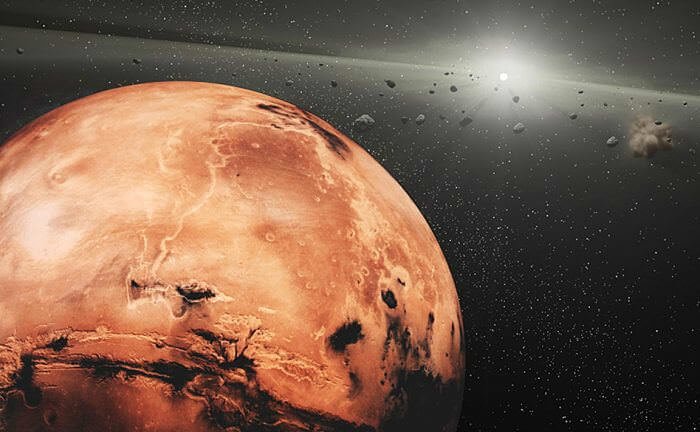
Chambers and Lissauer conducted several computer simulations of the Solar System with an additional terrestrial planet and suggested Planet V was either was ejected or impacted the Sun, an event that led to its destruction about 4 billion years ago. According to researchers a destructive cosmic event like this one was realistic if Planet V’s mass was less than 0.25 of Mars. The other simulations were not considered successful because Planet V either survived for the entire 1 billion year length of the simulations, or collisions occurred between planets.
Was Planet V Destroyed During The Late Heavy Bombardment?
About 4.1 to 3.8 billion years ago, our Solar System experienced a period of intense comet and asteroid bombardment. Known as the Late Heavy Bombardement, it is believed it was during this period that a large number of asteroids collided with the early terrestrial planets in the inner Solar System, including Mercury, Venus, Earth.
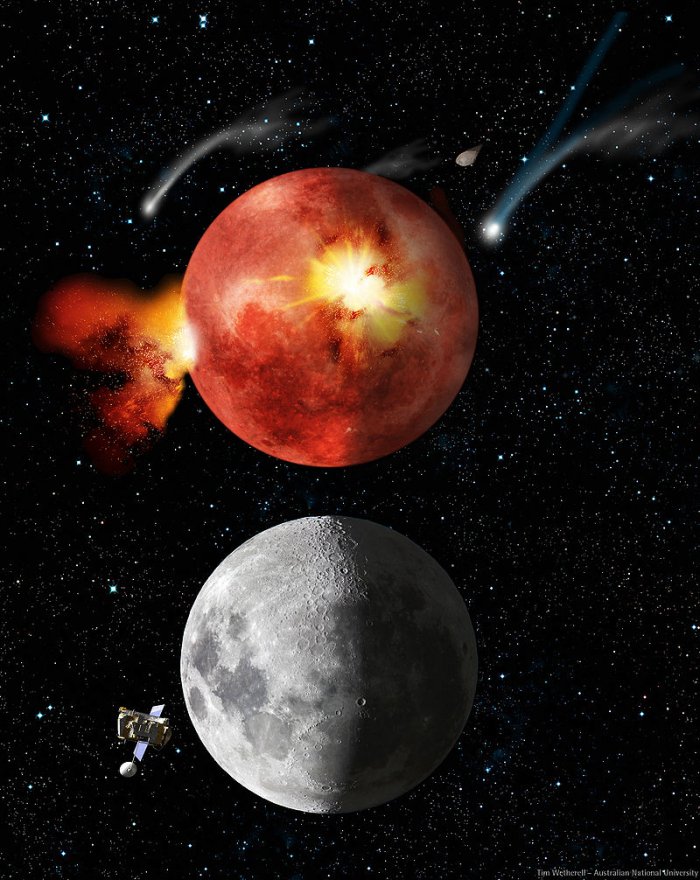
The record of this event is all but lost on the Earth because our planet’s tectonic plate system and active erosion ensure that the surface is constantly renewed, but on the Moon and other celestial objects in our Solar System there are numerous craters that speak in favor of the Late Heavy Bombardment theory.
Scientists Chambers and Lissauer think Planet V disappeared during this cosmic cataclysm in our Solar System and most likely ended up crashing into the Sun.
Planet V Is Not The Hypothetical Planet Phaeton
The Disruption Theory suggests there was once a hypothetical planet Phaeton between Mars and Jupiter. Planet Phaeton’s destruction resulted in the creation of the asteroid belt.
Phaethon, the son of the sun god Helios in Greek mythology, who attempted to drive his father’s solar chariot for a day with disastrous results and was ultimately destroyed by Zeus has been a subject debated for years among astronomers. It was astronomer Heinrich Wilhelm Matthäus Olbers, who in 1802 formulated the planet Phaeton hypothesis.
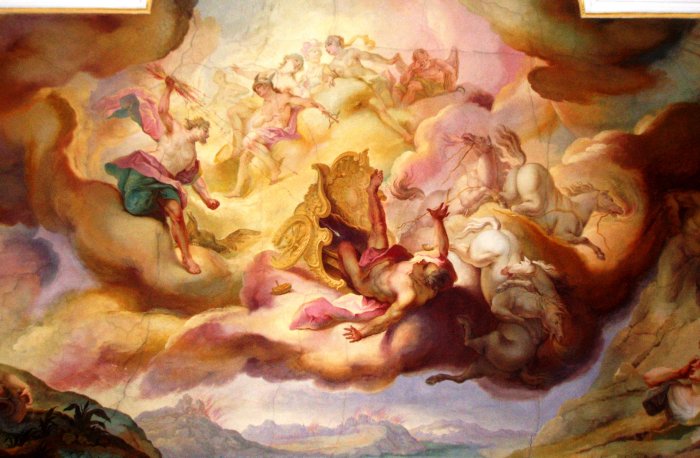
According to the Phaeton hypothesis the alleged planet was destroyed because it came too close to Jupiter and was torn apart by its powerful gravity or maybe it was struck by another large celestial body. There is also a possibility that Planet Phaeton disappeared because it was shattered by some internal catastrophe, or it was destroyed by a hypothetical brown dwarf, the companion star to the Sun, known as Nemesis. Whether Planet Phaeton ever existed has never been determined.
See also:
Quasars: Most Energetic, Distant And Extremely Luminous Astronomical Objects
Why Are Green Galaxies So Rare?
Most modern astronomers reject the Phaeton hypothesis and many scientists think the asteroid belt consists of remnants of the protoplanetary disk. About 4.6 billion years ago, when our solar system was being formed, a tenth planet tried to form between Mars and Jupiter.
The planet could not form because of Jupiter’s very strong s gravitational forces and the asteroids we today observe in the belt, are remains of the failed planet. Even if the planet had formed, it would have been rather insignificant. If we put all the asteroids in the solar system together into one body, they would form an object less than half the size of our Moon!
Some people confuse Planet V with Planet Phaeton. These are two entirely different hypothetical planets and it has never been suggested that Planet V was not responsible for the creation of the asteroid belt.
There is also a theory that suggest Planet V was destroyed due to an impact onto Mars. Some scientists have proposed this impact formed the Borealis Basin in the northern hemisphere of Mars that covers 40% of the planet.
Written by Kevin Montana MessageToEagle.com Staff Writer
Copyright © MessageToEagle.com All rights reserved. This material may not be published, broadcast, rewritten or redistributed in whole or part without the express written permission of MessageToEagle.com
Expand for referencesRelated Posts
-
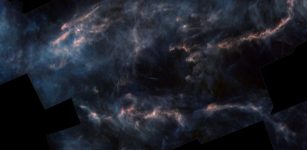 A Star Is Born: Study Reveals Complex Chemistry Inside ‘Stellar Nurseries’
No Comments | Feb 7, 2023
A Star Is Born: Study Reveals Complex Chemistry Inside ‘Stellar Nurseries’
No Comments | Feb 7, 2023 -
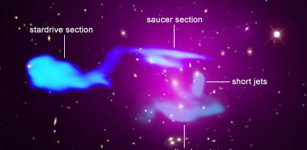 Abell 1033 And Two Colliding Galaxy Clusters 1.6 Billion Light-Years Away From Earth
No Comments | Nov 23, 2018
Abell 1033 And Two Colliding Galaxy Clusters 1.6 Billion Light-Years Away From Earth
No Comments | Nov 23, 2018 -
 Mystery Of Doppelgangers And Spirit Doubles – From Ancient To Modern Times
No Comments | Sep 24, 2014
Mystery Of Doppelgangers And Spirit Doubles – From Ancient To Modern Times
No Comments | Sep 24, 2014 -
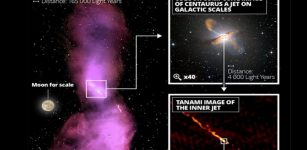 The Heart Of The Nearest Radio Galaxy Centaurus A – Imaged
No Comments | Jul 20, 2021
The Heart Of The Nearest Radio Galaxy Centaurus A – Imaged
No Comments | Jul 20, 2021 -
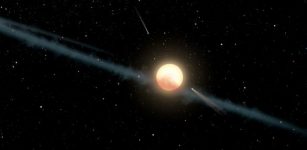 Tabby’s Star: New Explanation On Strange Dimming Behavior
No Comments | Sep 17, 2019
Tabby’s Star: New Explanation On Strange Dimming Behavior
No Comments | Sep 17, 2019 -
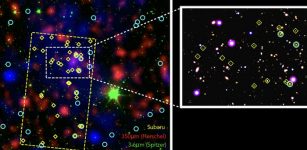 Astronomers Discover A Massive Galaxy ‘Shipyard’ In The Distant Universe
No Comments | Oct 27, 2021
Astronomers Discover A Massive Galaxy ‘Shipyard’ In The Distant Universe
No Comments | Oct 27, 2021 -
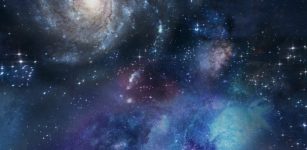 Dark Matter Map Reveals Hidden Bridges Between Galaxies
No Comments | Jun 7, 2021
Dark Matter Map Reveals Hidden Bridges Between Galaxies
No Comments | Jun 7, 2021 -
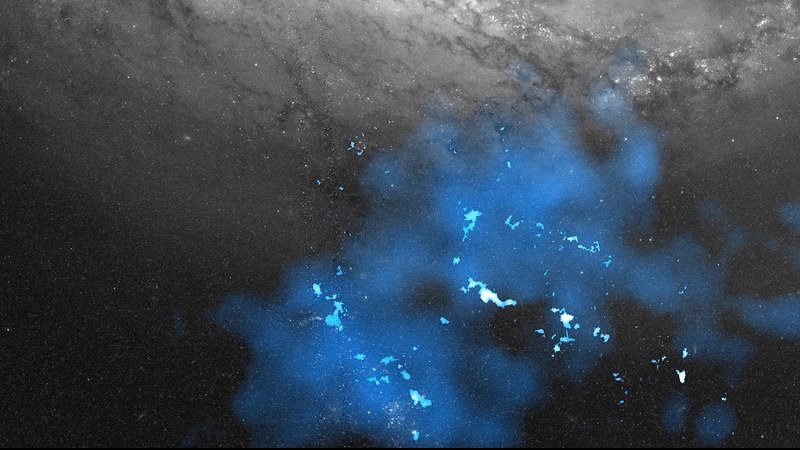 Tidal Dwarf Galaxy Observed By ALMA Sheds Light On Star Formation
No Comments | Jan 28, 2021
Tidal Dwarf Galaxy Observed By ALMA Sheds Light On Star Formation
No Comments | Jan 28, 2021 -
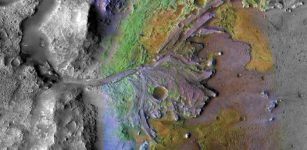 NASA Has Chosen Jezero Crater As Landing Site for Mars 2020 Rover
No Comments | Nov 20, 2018
NASA Has Chosen Jezero Crater As Landing Site for Mars 2020 Rover
No Comments | Nov 20, 2018 -
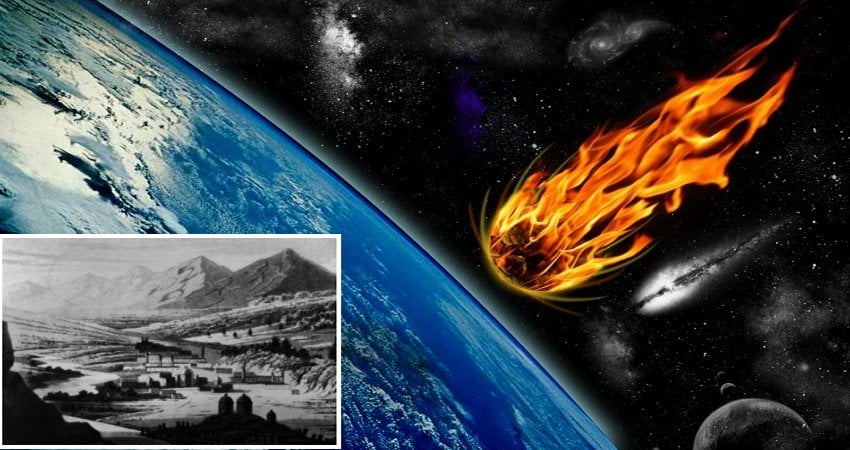 First Time A Meteorite Killed A Person In Known History Revealed In Old Documents
No Comments | Apr 29, 2020
First Time A Meteorite Killed A Person In Known History Revealed In Old Documents
No Comments | Apr 29, 2020

